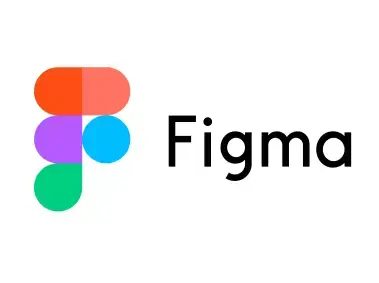The Purpose of Landing Pages
- claufeza
- Jul 10, 2023
- 2 min read
Updated: Jul 15, 2023
Landing pages capture the attention and interest of visitors. They serve as a focused, standalone webpage to convert visitors into potential leads or customers.
1. What are landing pages?
A landing page is a dedicated web page created with a specific objective as part of marketing campaigns. It is different from a homepage or other pages because the purpose of a landing page is to encourage visitors to take a specific action. Whether to purchase, sign up for a newsletter, download a resource, or fill out a form, landing pages are designed to drive conversions and obtain valuable information from visitors.
2. Purpose of Landing Pages
The primary purpose of a landing page is to optimize conversions by guiding visitors toward a desired action. You should avoid distractions and focus on a single call-to-action (CTA) to provide a streamlined user experience. This targeted approach increases the likelihood of users taking the desired action. Landing pages are commonly utilized in various marketing contexts, such as pay-per-click (PPC) advertising, email marketing, social media campaigns, and product launches.
3. Components of an Effective Landing Page
Compelling Headline and Subheadline: write concise and attention-grabbing headlines with supporting subheadlines. These will serve as the initial hook to capture the visitor's interest and communicate the value of your website.
Engaging Visuals: High-quality and relevant visuals, such as images, videos, or graphics, help create visual appeal and reinforce the page's message. Visual elements should align with the overall branding and support the landing page's objective.
Concise and Persuasive Content: Your content should be clear and concise. Highlight the benefits of the product, or service. The content should be persuasive, emphasizing the value visitors will gain by taking the desired action.
Prominent Call-to-Action (CTA): A prominently displayed CTA button or form encourages visitors to complete the desired action. The CTA should be visually distinct. You can create a sense of urgency or excitement.
Trust Indicators: Include customer testimonials, reviews, security badges, or industry certifications to build credibility and trust with visitors.
Mobile Optimization: Make sure the landing page is responsive and optimized for mobile devices. A user-friendly mobile experience contributes to higher conversion rates.
Landing pages serve as powerful tools in digital marketing. They enable businesses to engage and convert their target audience effectively. By providing a focused and compelling user experience, landing pages maximize conversions and facilitate attaining marketing goals.





Comments